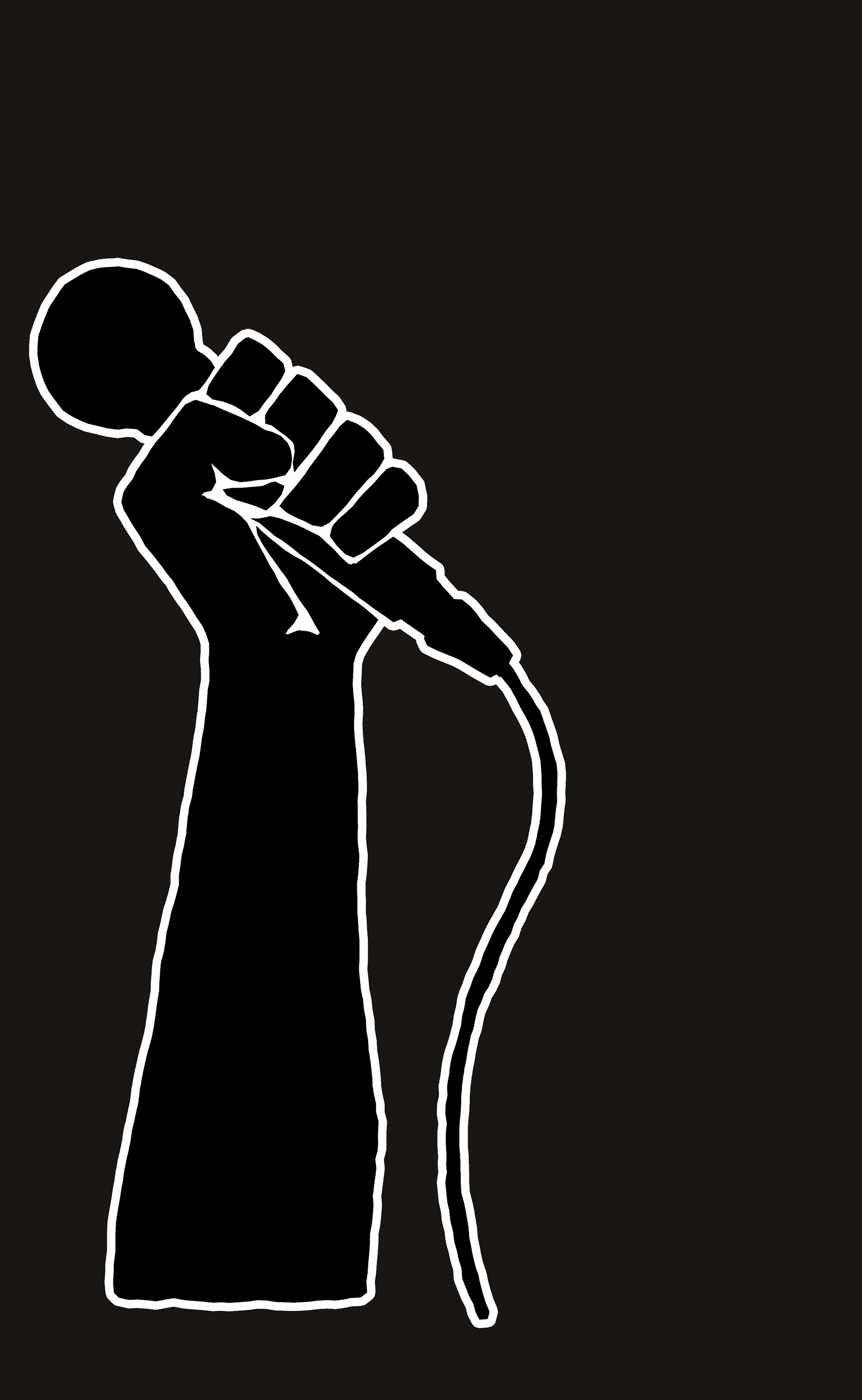Is it a modular sound design tool masquerading as a DAW, or is it a DAW acting as a modular instrument? Bitwig Studio blurs these boundaries, creating an environment where traditional linear time and clip-based arrangements coexist. Modularity weaves through all facets of this application, and full modular systems cannot only be constructed but also interact inside of the DAW. The tools you have come to expect from a recording platform are all there, and it is a serious music creation tool. After investing time learning Bitwig's workflow, I must admit that there is no way I can cover all the features of this software within the scope of this review, so let's focus on the features and concepts that I found most exciting.
Bitwig's UX design is well considered and musically mindful. The GUI is vector-based, and scalable, displaying as much or as little as is required. Navigating Samples, Presets, and Devices (virtual instruments, audio effects, and other tools to create and process sound) via the pop-up browser allows auditioning, tweaking, and playing of different sounds without stopping playback. With a keystroke, the brilliant Help window appears, featuring an annotated, interactive version of the Device in question. While learning what every knob and button does, you are actually changing the Device on that track. Bitwig is cross-platform compatible – macOS, Windows, and Linux (about time)! Because of this, there is no support for Audio Units. However, full native support of both 32 and 64-bit VSTs do exist without need for a bridge. If a plug-in crashes during a session, the Sandbox feature keeps your project from crashing and allows control over plug-in hosting options. I did not have the capabilities to try the touch integration built into the DAWs architecture, but Bitwig hosts an open controller API which allowed me to utilize an existing Ableton Push controller [Tape Op #97], as well as a Lemur iPad controller template to interact with the software.
Modularity is what Bitwig is all about. It utilizes a simple concept called Device Nesting in order to create complex signal chains that can be saved and recalled, but more importantly, it allows for creative signal routing – think feedback loops or creating need-specific multiband devices. There is modulation on every device, including third-party plug-ins – the power of this is not to be understated. With over 30 modulation types, what was once static becomes very dynamic. From simple uses of a sine wave LFO modulating a filter cutoff, to more complex concepts via modulating the modulator, these sources can be routed anywhere within a nested chain, plus a single modulator can affect multiple destinations.
With the release of Bitwig 3, The Grid was announced as a modular environment, bringing us two devices: The Poly Grid and the FX Grid. Within the Grid environment there are over 160 modules, ranging from oscillators, filters, and math-to-logic functions (which can be cabled together in any fashion). The Grid's devices can be nested with other devices and are completely intertwined in your project. This would be worthless if it didn't sound good, but it does – good enough to be a standalone device. I have invested a considerable amount of money into the Eurorack format, and with Bitwig the integration between DAW and modular has never been tighter. Through a DC-coupled interface, external hardware modular systems can not only be controlled by and within Bitwig, but parameters can also be commanded via control voltage. I love making music without a computer screen and a mouse, but the modules included in The Grid environment expanded my synthesis by the number of outputs I have – add something like an Expert Sleepers' ES-8 USB interface for the Eurorack, and you have even more CV options!
Bitwig implements what is called a Hybrid Track that allows for both audio and note clips on the same channel without bouncing in place or losing Devices. Full MPE (MIDI Polyphonic Expression) support is built into Bitwig and allows for individual note automation. There is also a Micro-pitch device that not only allows the user to divert from traditional scales with custom note values, but could also be used for matching previously recorded out of tune instruments. Another MIDI bonus is the ability to edit multiple MIDI clips in one edit window separated by colors. This is great when editing orchestral arrangements or groups of related instruments. One useful implementation is the background display setting that allows a track's waveform to be visible behind MIDI notes – helpful for lining up to transients. Bitwig fully supports the Ableton Link technology, which allows users to sync beat, tempo, and phase across multiple applications that are all connected to a local network. While concluding this review, Bitwig 3.2 was released with upgrades to EQ+, the addition of a Saturator Device, Arpeggiator, and Selector devices which leads me to the company's upgrade model: When you purchase a perpetual license, you also receive 12 months of free upgrades!
Bitwig is a stunning piece of software that allows so much freedom when creating with a toolset that is forward-thinking and musical; one that lends to experimentation. This software's workflow is very fast once acquainted with its concepts – during use, I never found myself painted into a corner or getting stuck. There are a few things that keep me from using Bitwig on a larger scale production, particularly with multi-mic recordings. Comping recorded audio tracks can be cumbersome in comparison to other DAWs, and although there are some workarounds, it is not an effortless task. Also, I would love to see a video track for locking sound to picture – it seems like it would be the icing on the cake for sound designers! Bitwig feels more like one huge synthesizer than it does a DAW, and that is inspiring – different methodology leads to different results!




_disp_horizontal_bw.jpg)